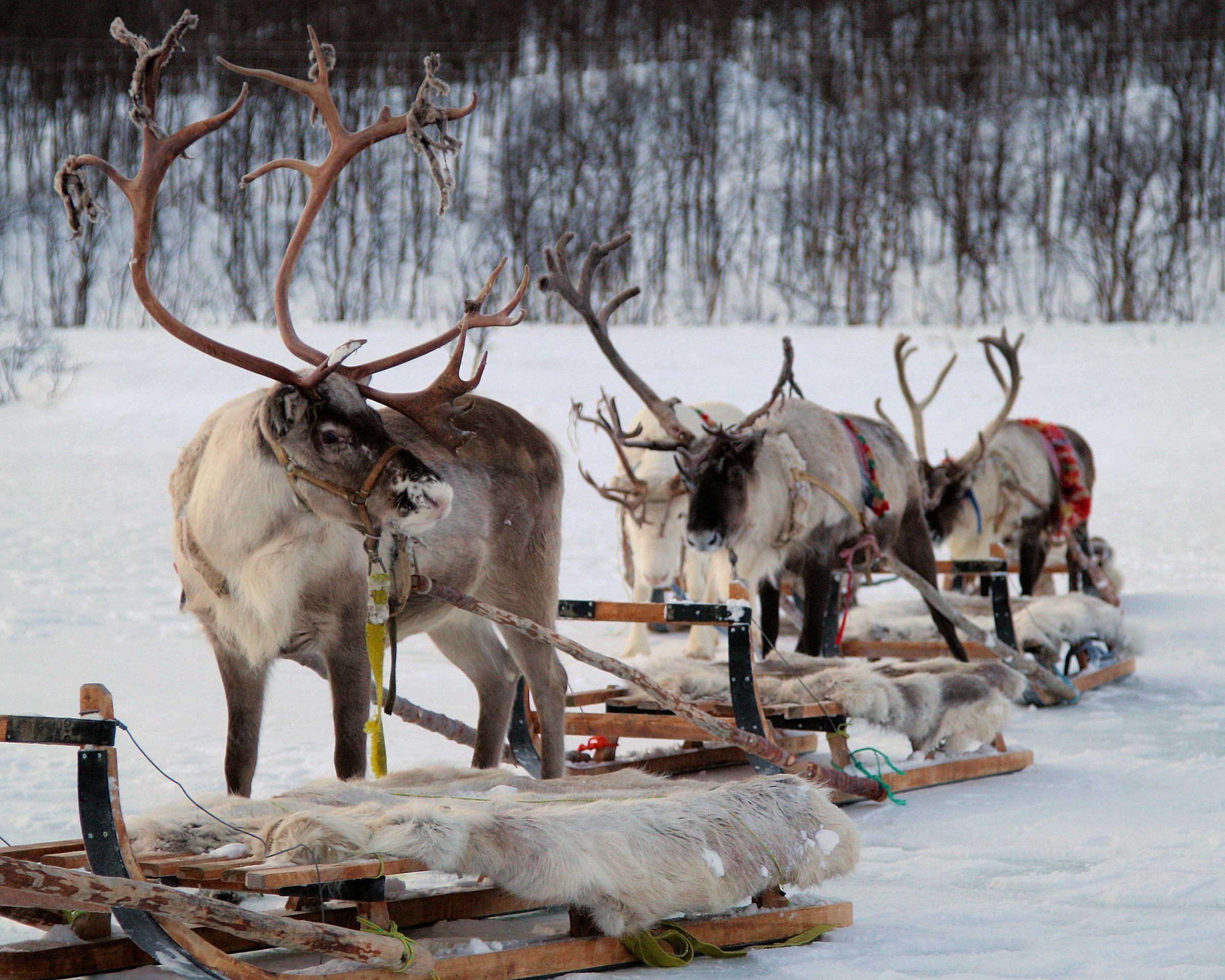
Rudolph’s nose might be glowing just a little bit brighter this year, for all the wrong reasons: radiation levels in Norwegian reindeer sharply rose this year.
According to a Norwegian environmental report, scientists in September observed 8,200 becquerel (a unit of measurement for radioactivity) of Celsium-137 per kilo in reindeer, a noticeable jump from 2012, when reindeer in the same area had only 1,500 becquerel of Celsium-137 per kilo. (600 becquerel per kilo is the safe limit for sheep meat.)
“This year is extreme,” Lavrans Skuterud, researcher at the Norwegian Radiation Protection Authority told Norway’s The Local.
But Skuterud knows the source of the radiation levels: mushrooms. Specifically, the gypsy mushroom (Cortinarius caperatus), which can absorb a lot of radiation lingering in that part of the globe nearly 30 years after the Chernobyl disaster.
“This year, there has been extreme amounts of mushroom,” he said. “In addition, the mushroom season has lasted for a long time. And the mushroom has grown very high up on the mountains.”
More Must-Reads from TIME
- Inside Elon Musk’s War on Washington
- Why Do More Young Adults Have Cancer?
- Colman Domingo Leads With Radical Love
- 11 New Books to Read in February
- How to Get Better at Doing Things Alone
- Cecily Strong on Goober the Clown
- Column: The Rise of America’s Broligarchy
- Introducing the 2025 Closers
Write to Nolan Feeney at nolan.feeney@time.com



